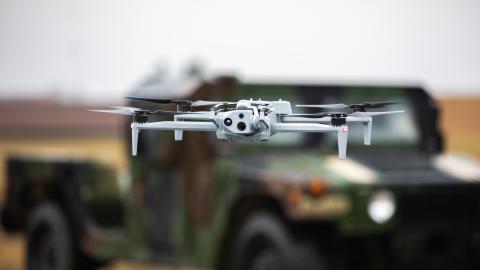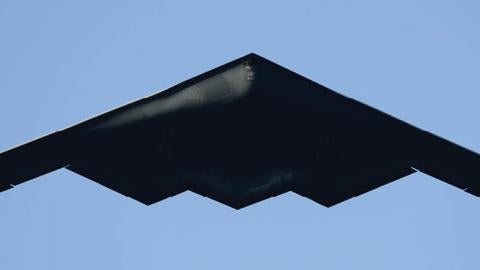In late June 2021, satellite images revealed that China was building 120 intercontinental ballistic missile (ICBM) silos on the edge of the Gobi Desert. This was followed by the revelation a few weeks later that another 110 missile silos were under construction in Hami, in Xinjiang Province. Together with other planned expansions, these sites amount to a dramatic shift in the country’s approach to nuclear weapons. For decades, China maintained a relatively small nuclear force, but according to current U.S. intelligence estimates, that arsenal is now on track to nearly quadruple, to 1,000 weapons, by 2030, a number that will put China far above any other nuclear power save Russia and the United States. Nor does it seem likely that Beijing will stop there, given President Xi Jinping’s commitment to build a “world class” military by 2049 and his refusal to enter into arms control talks.
It is hard to overstate the significance of this effort. In developing a nuclear arsenal that will soon rival those of Russia and the United States, China is not merely departing from its decades-old status as a minor nuclear state; it is also upending the bipolar nuclear power system. For the 73 years since the Soviet Union’s first nuclear test, that bipolar system, for all its flaws and moments of terror, has averted nuclear war. Now, by closing in on parity with the two existing great nuclear powers, China is heralding a paradigm shift to something much less stable: a tripolar nuclear system. In that world, there will be both a greater risk of a nuclear arms race and heightened incentives for states to resort to nuclear weapons in a crisis. With three competing great nuclear powers, many of the features that enhanced stability in the bipolar system will be rendered either moot or far less reliable.




















